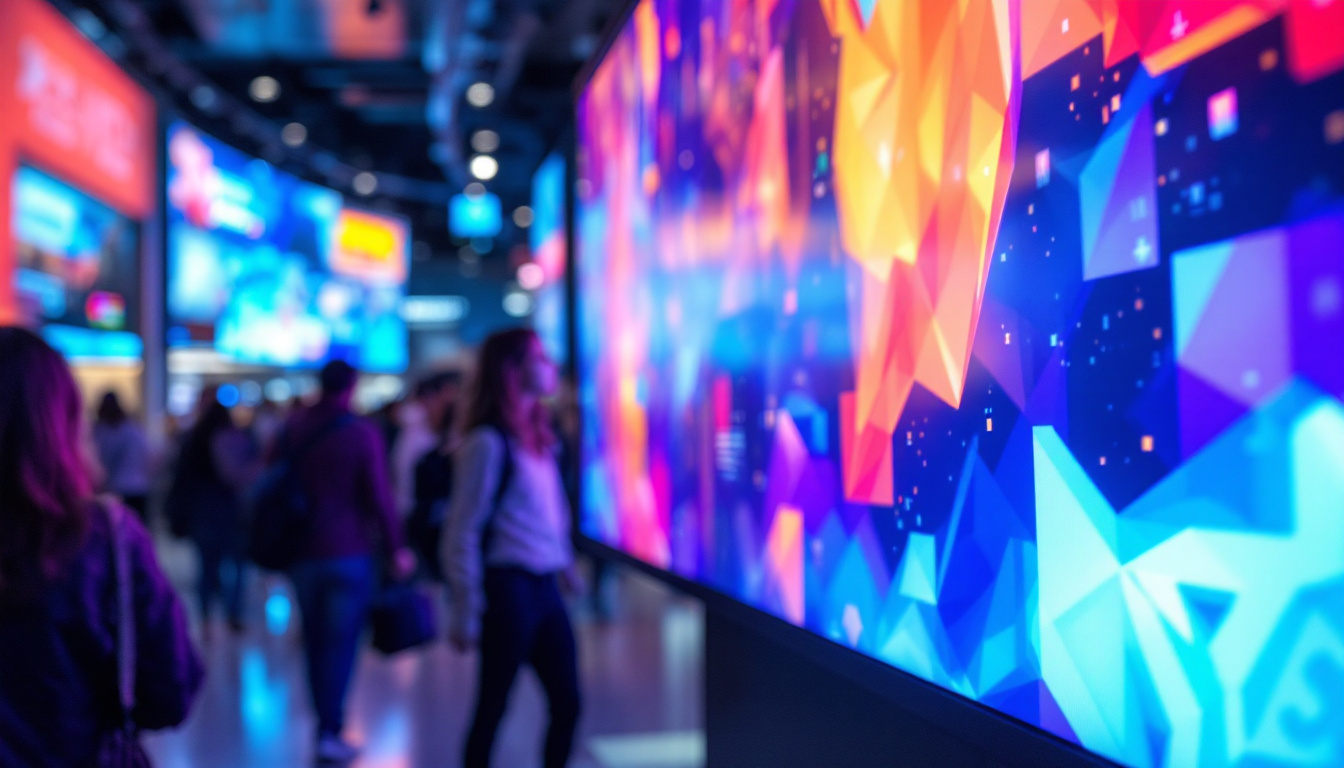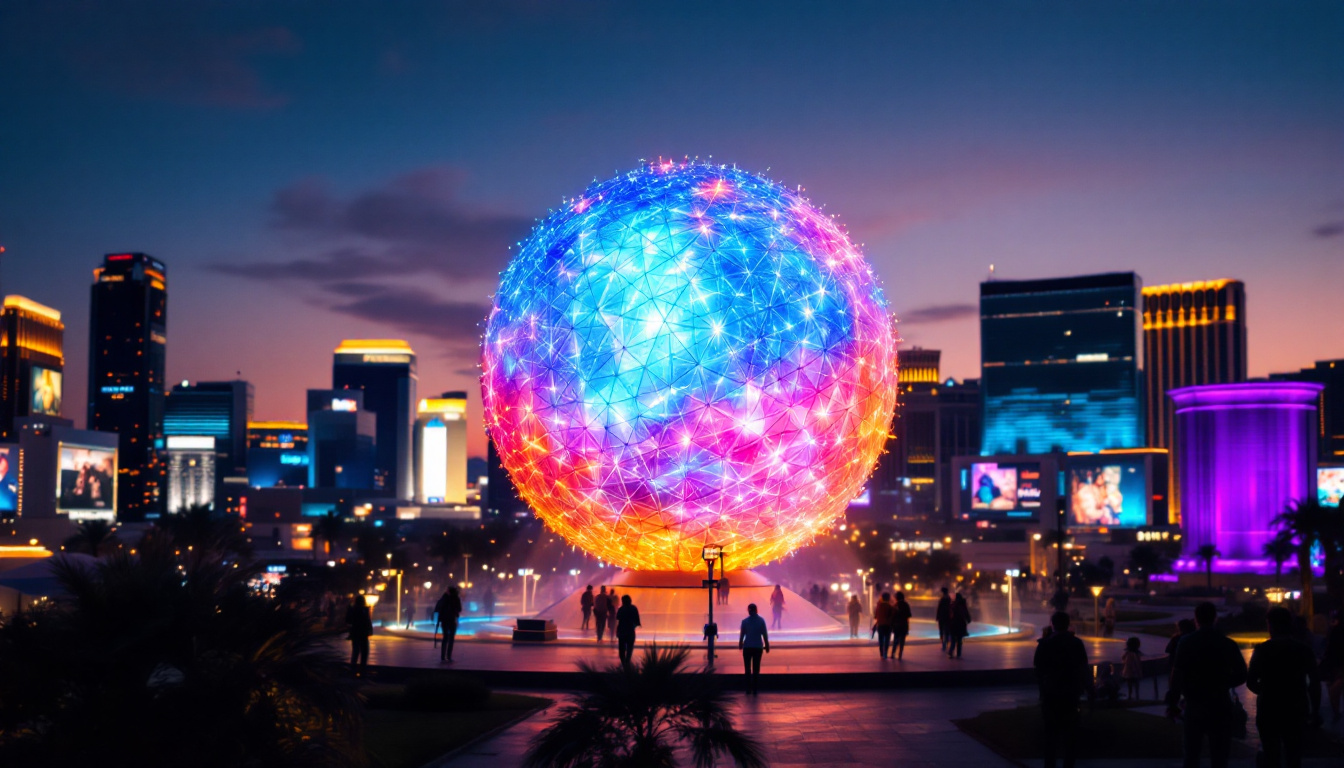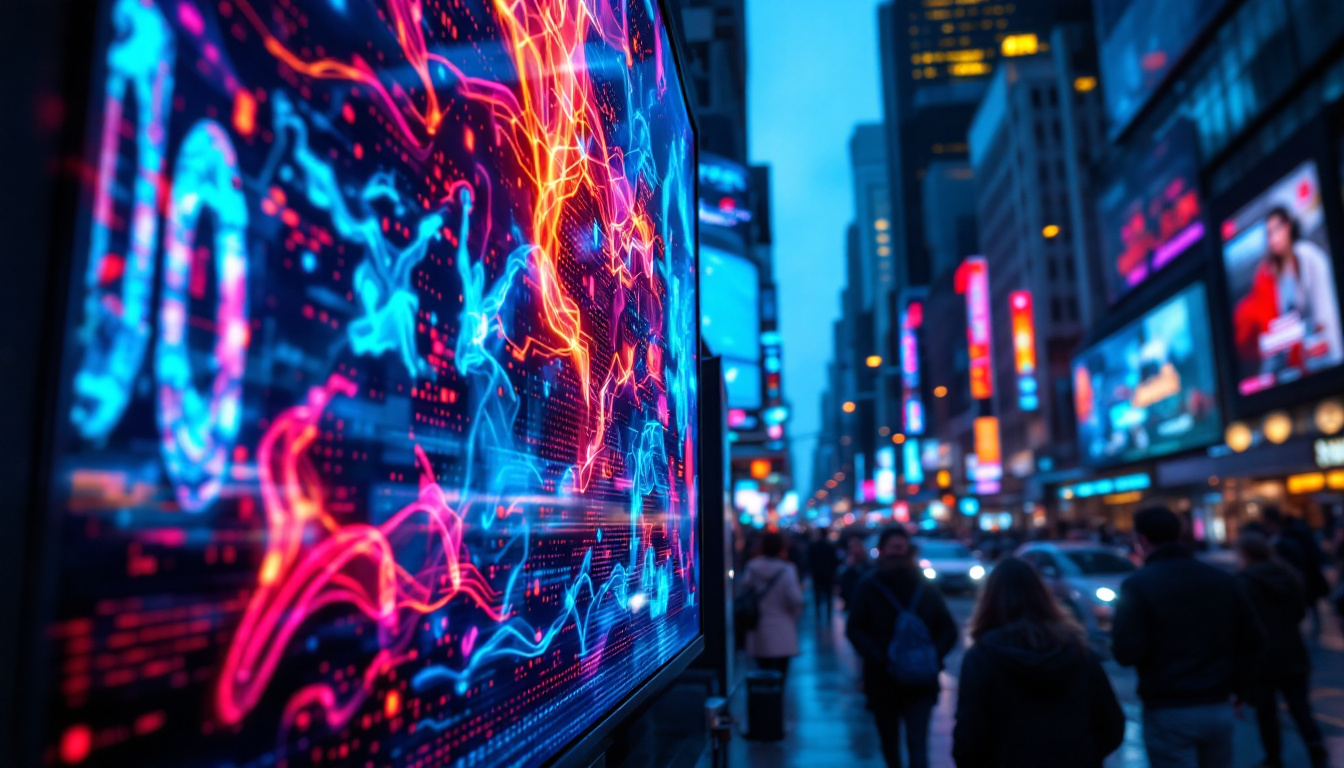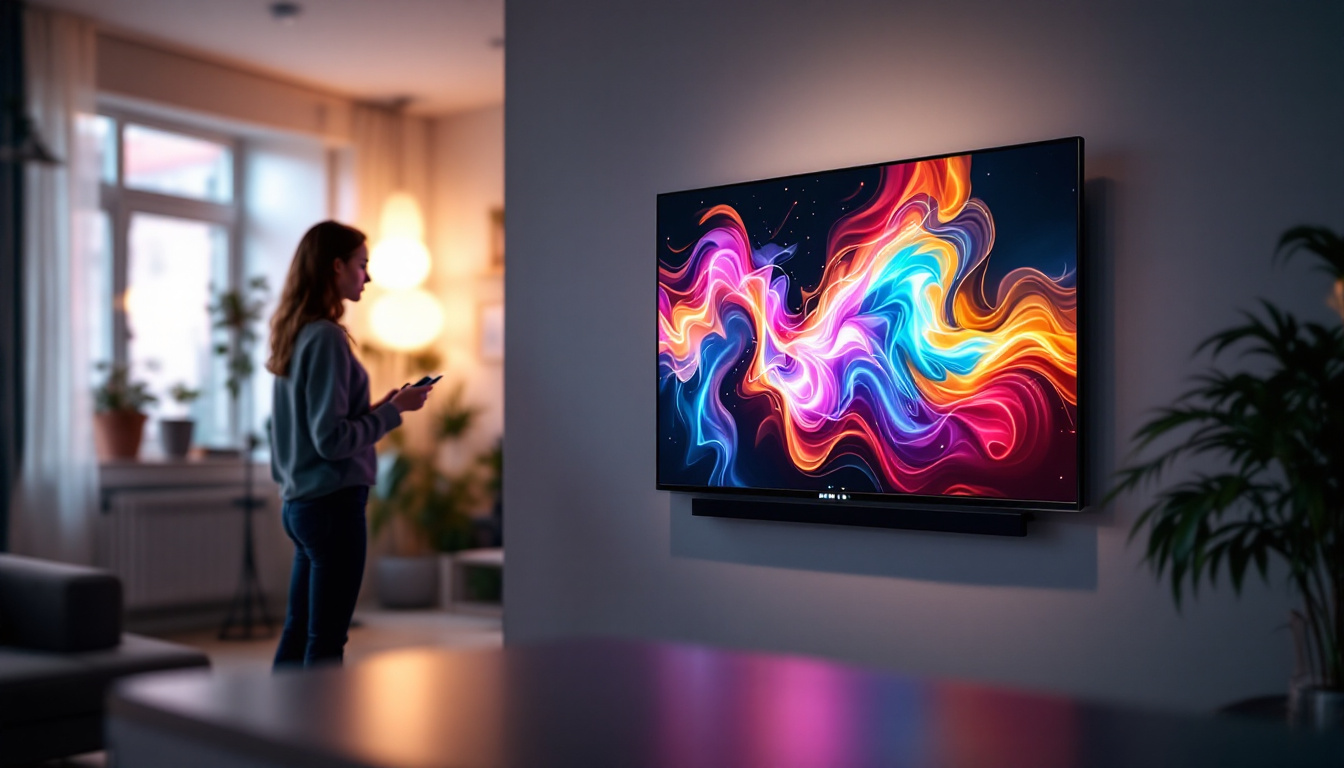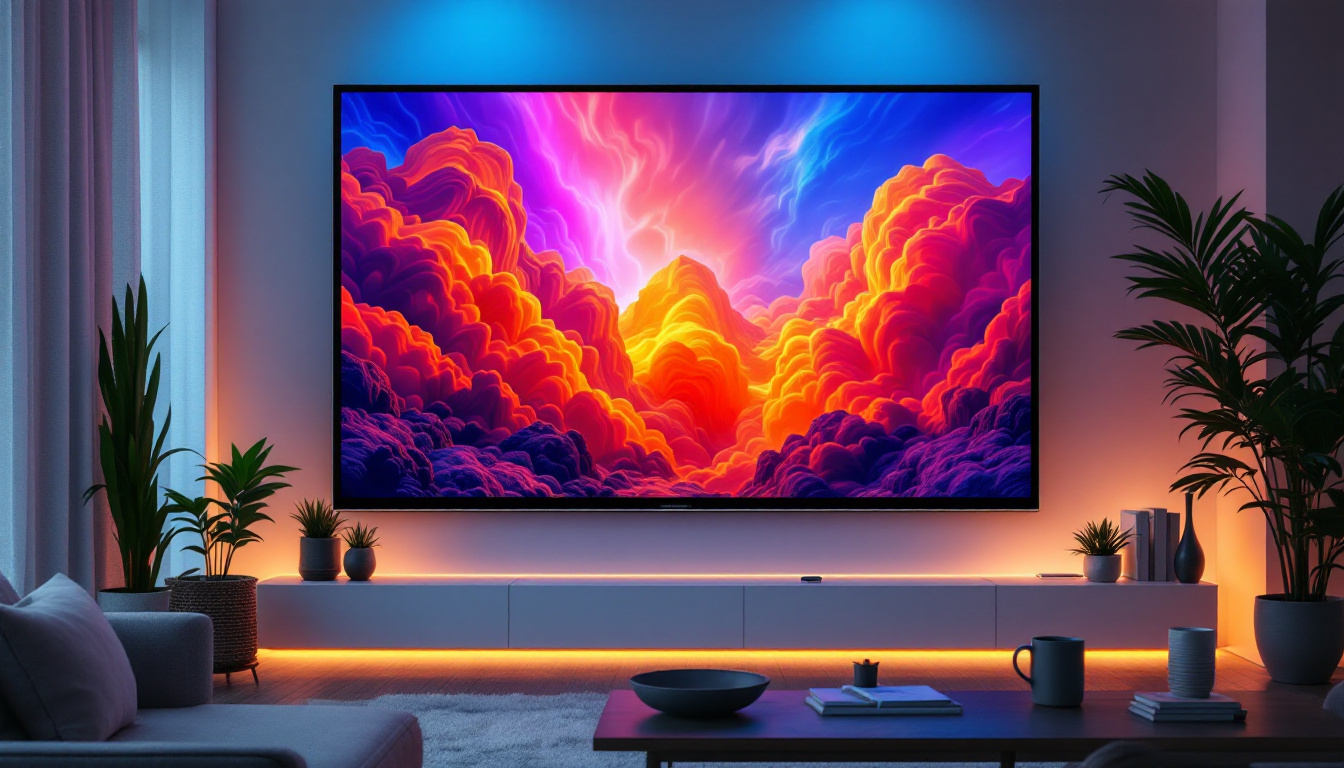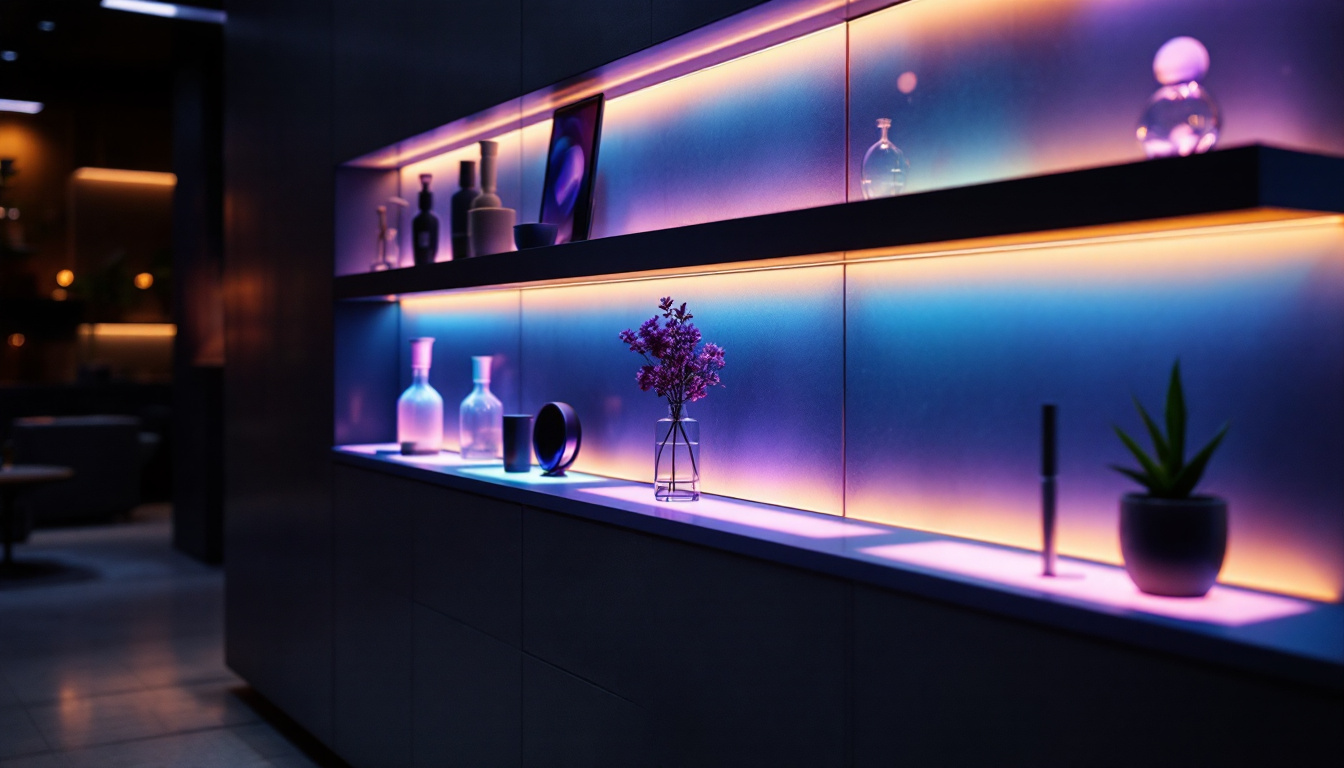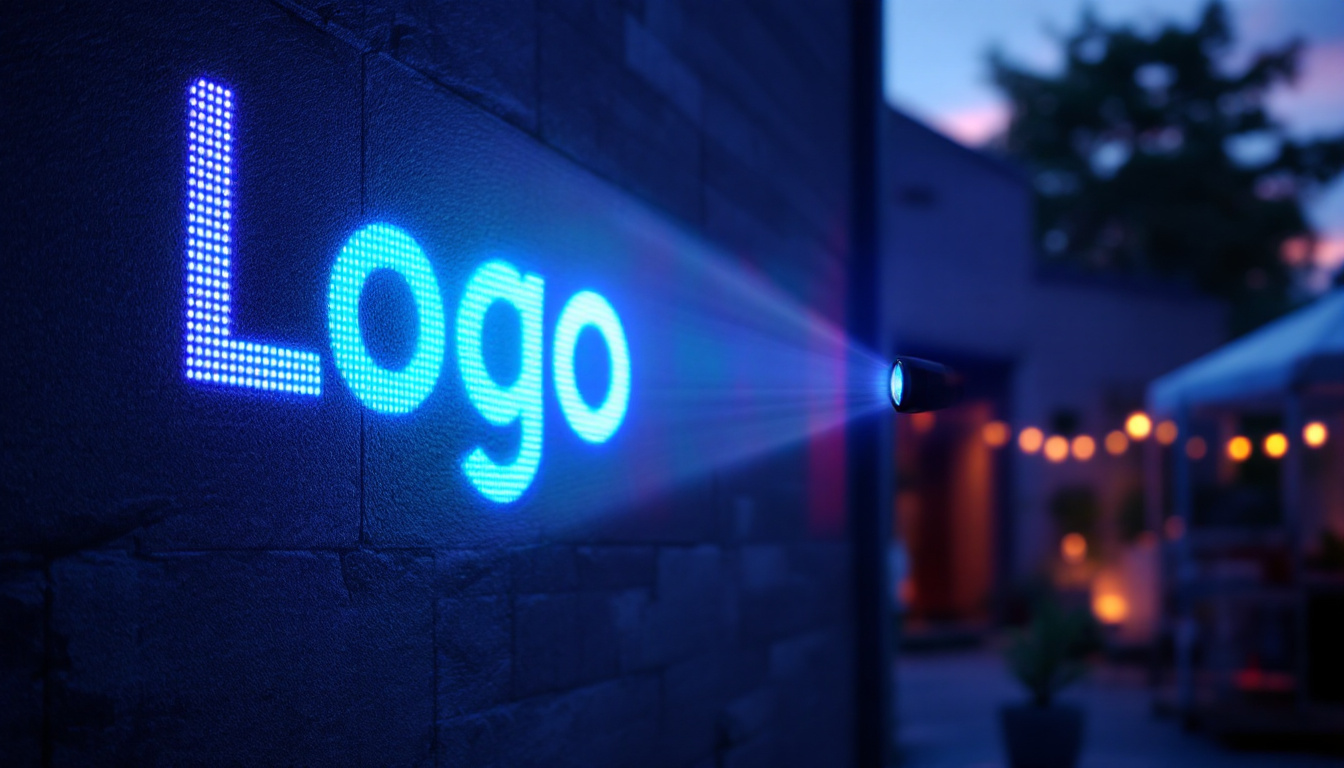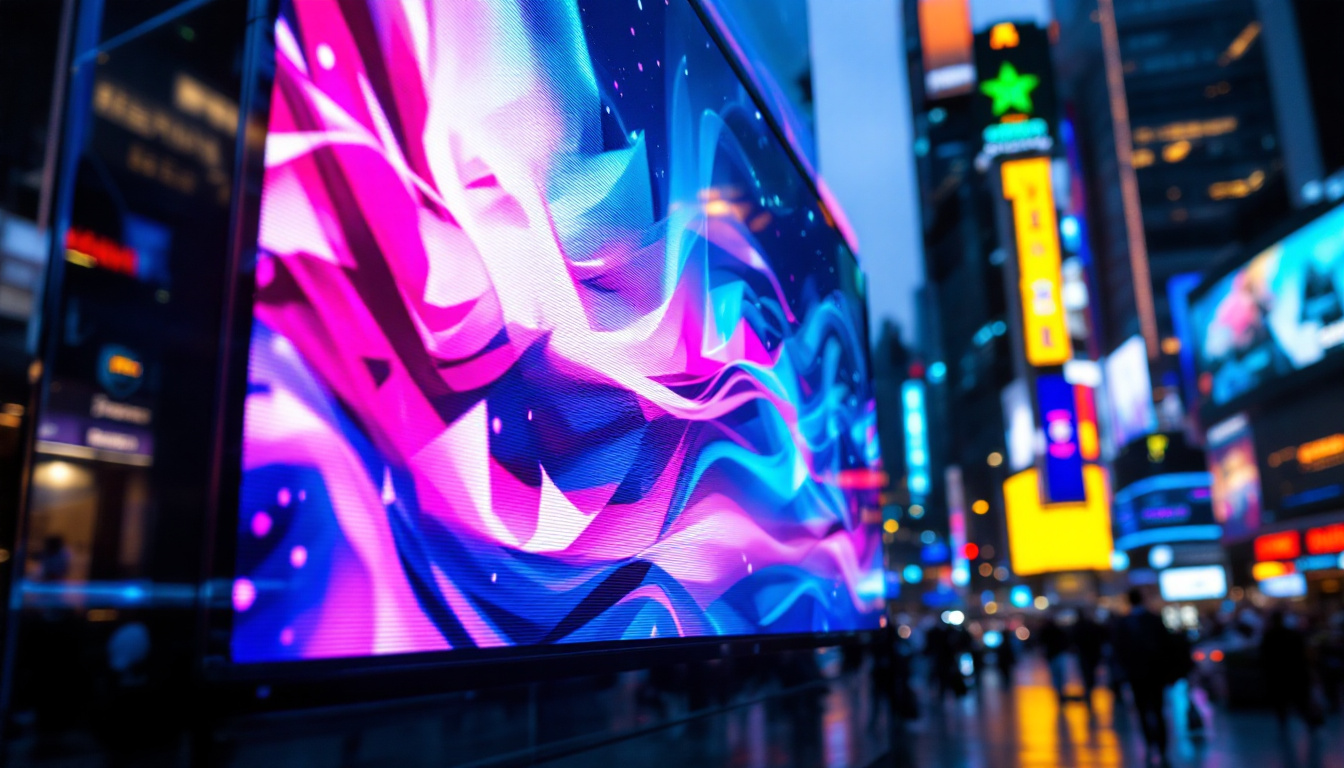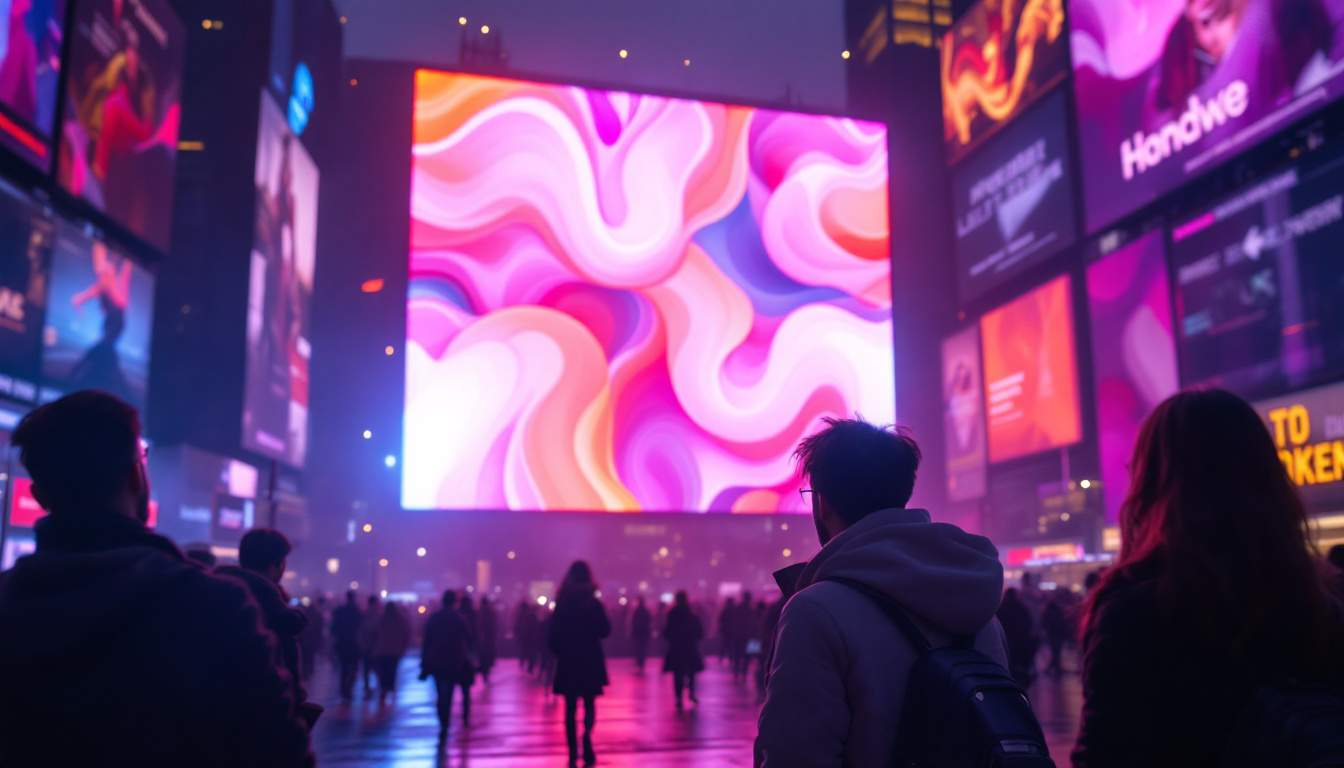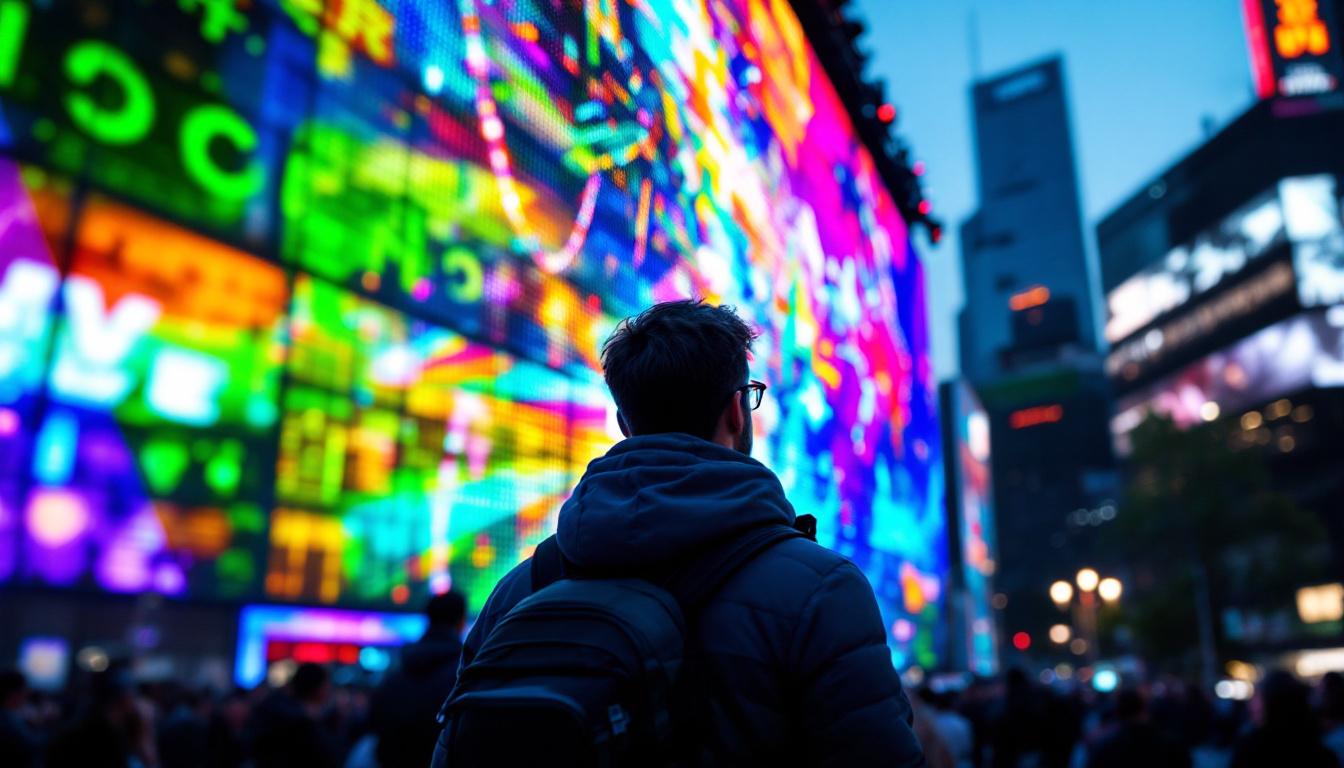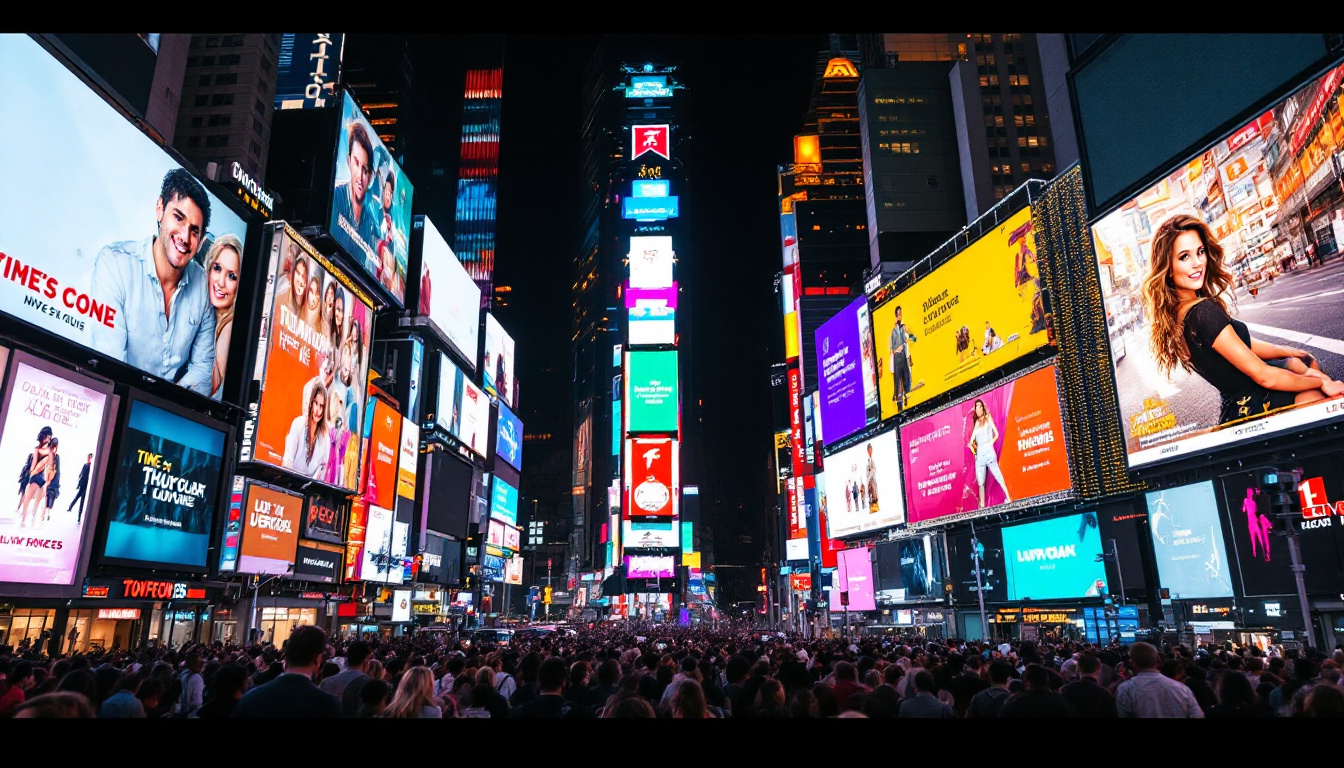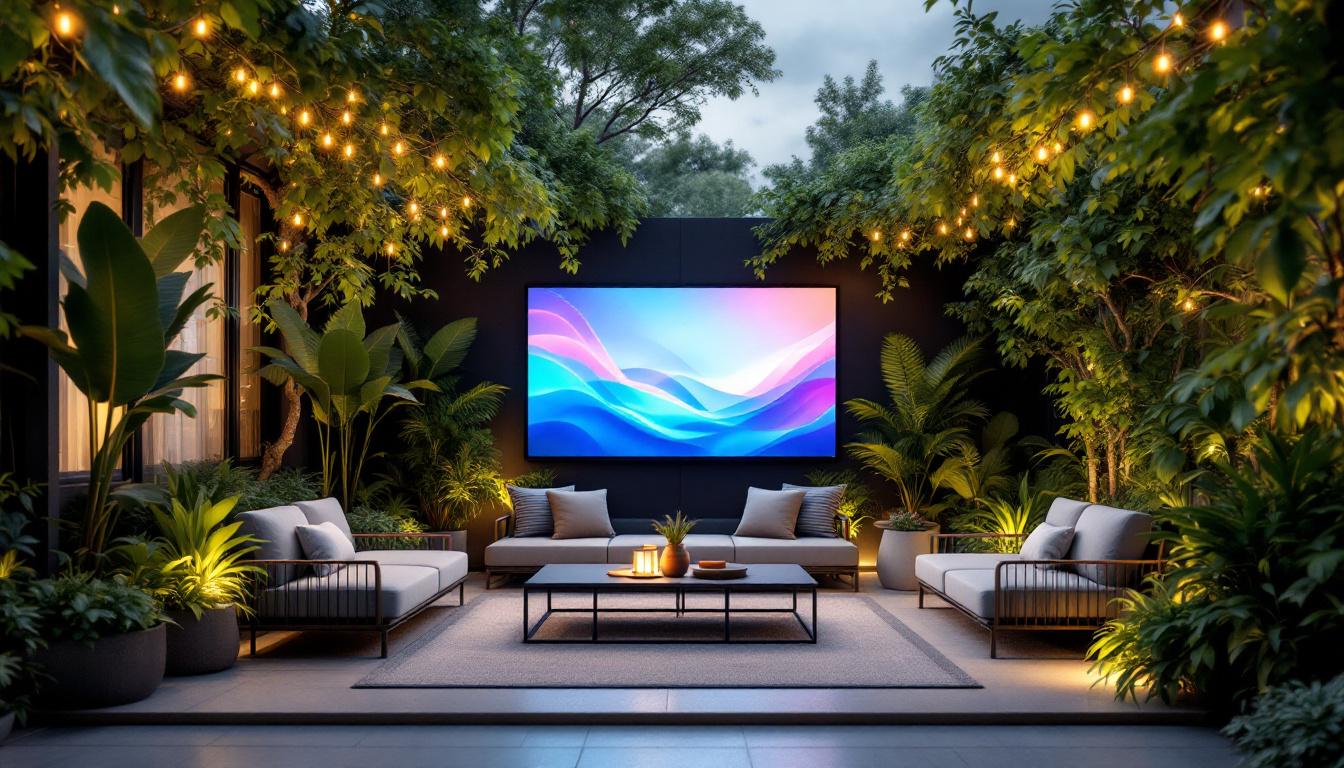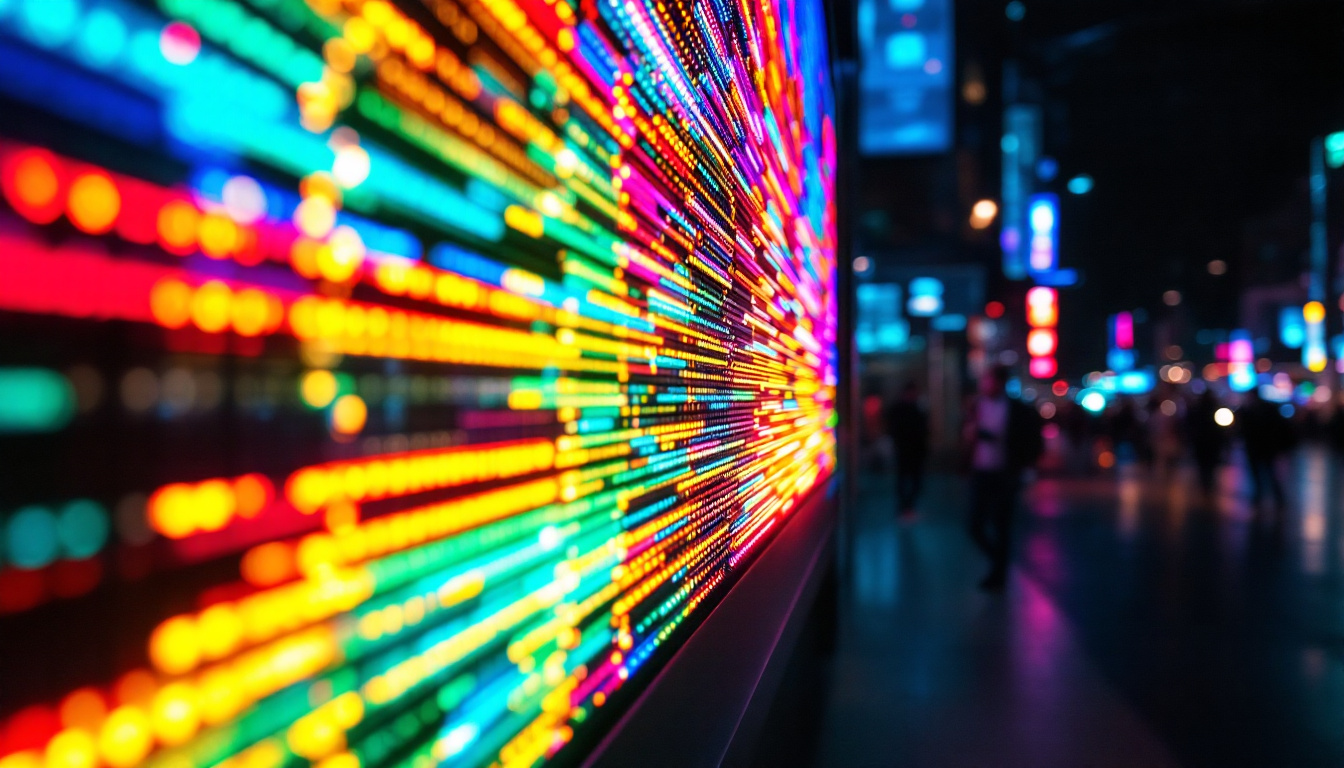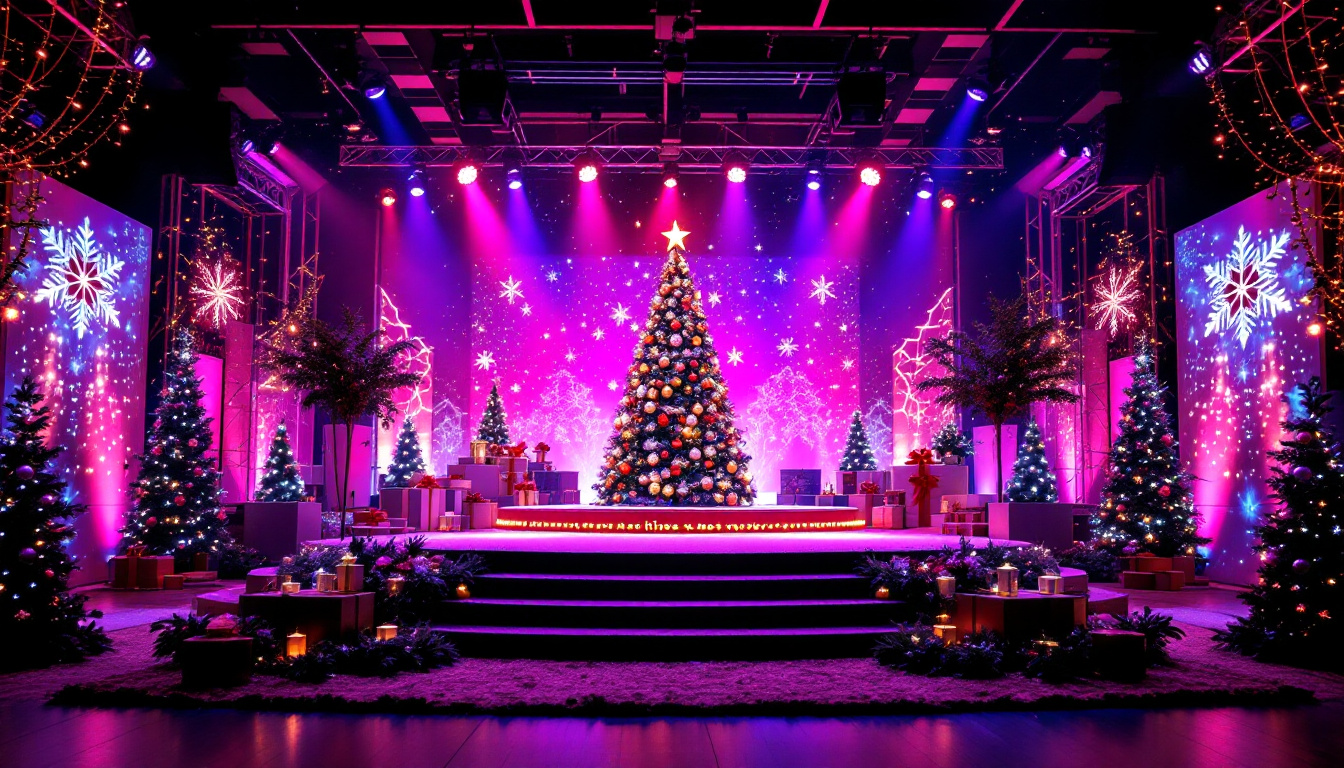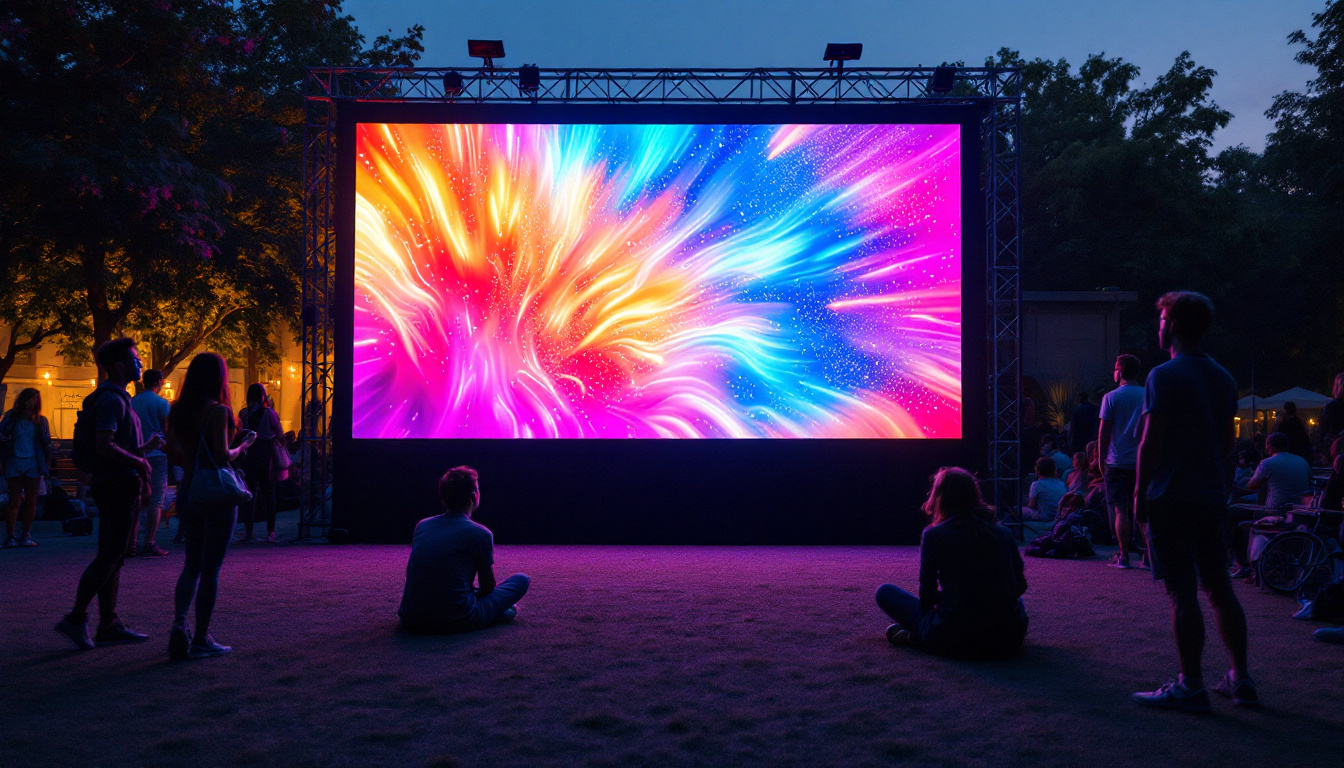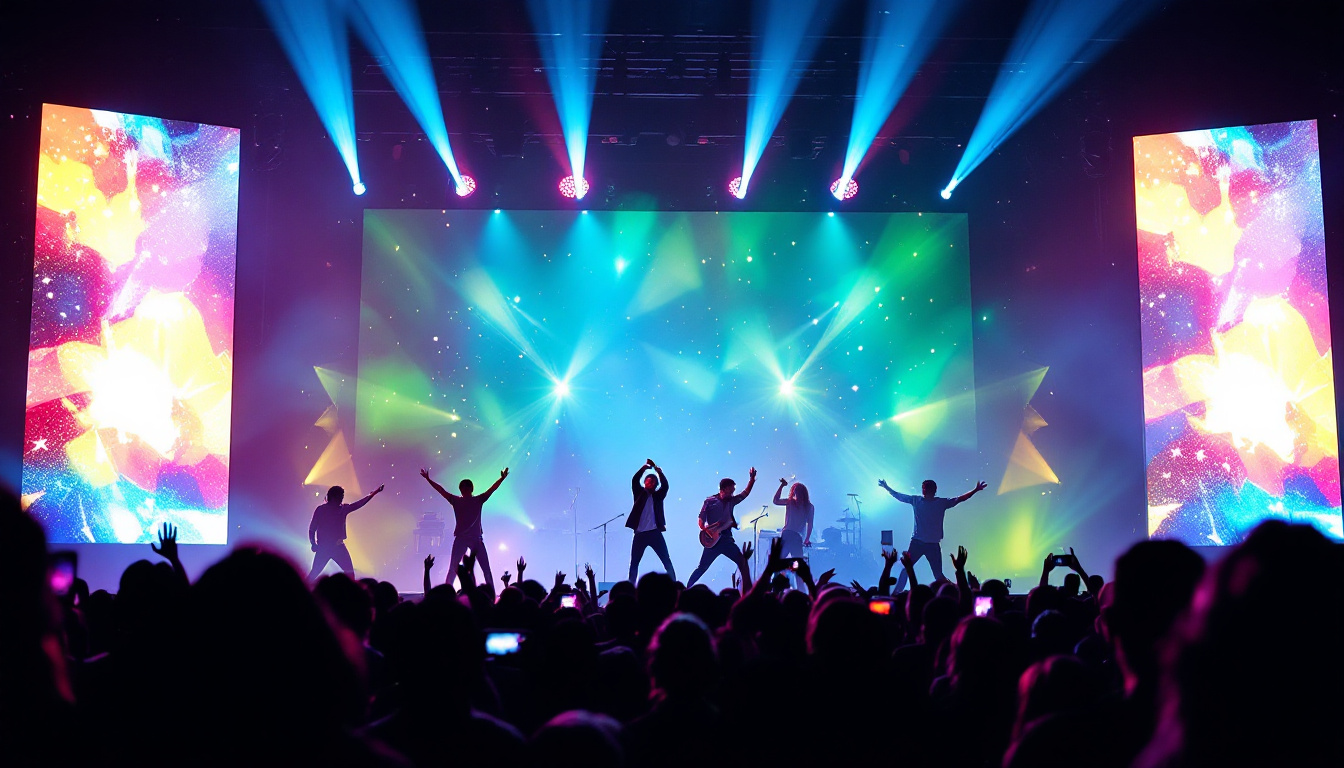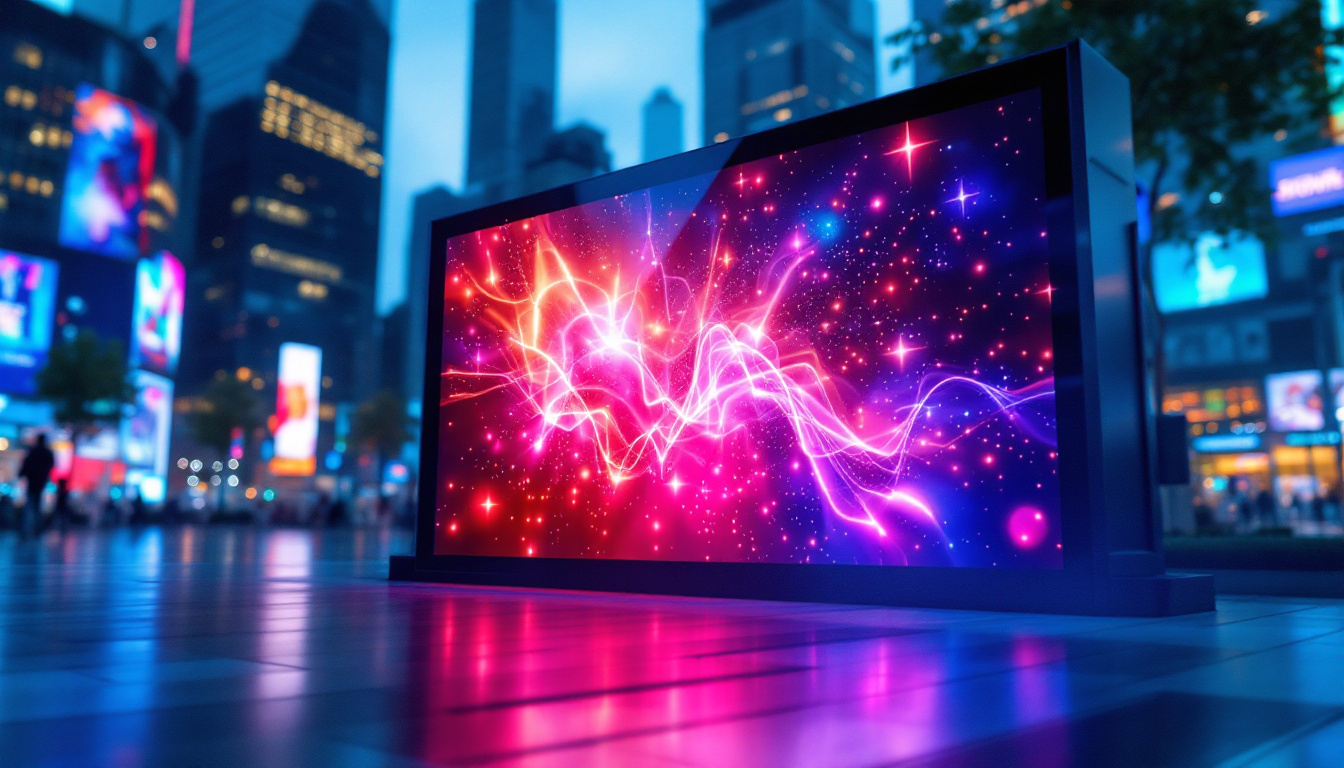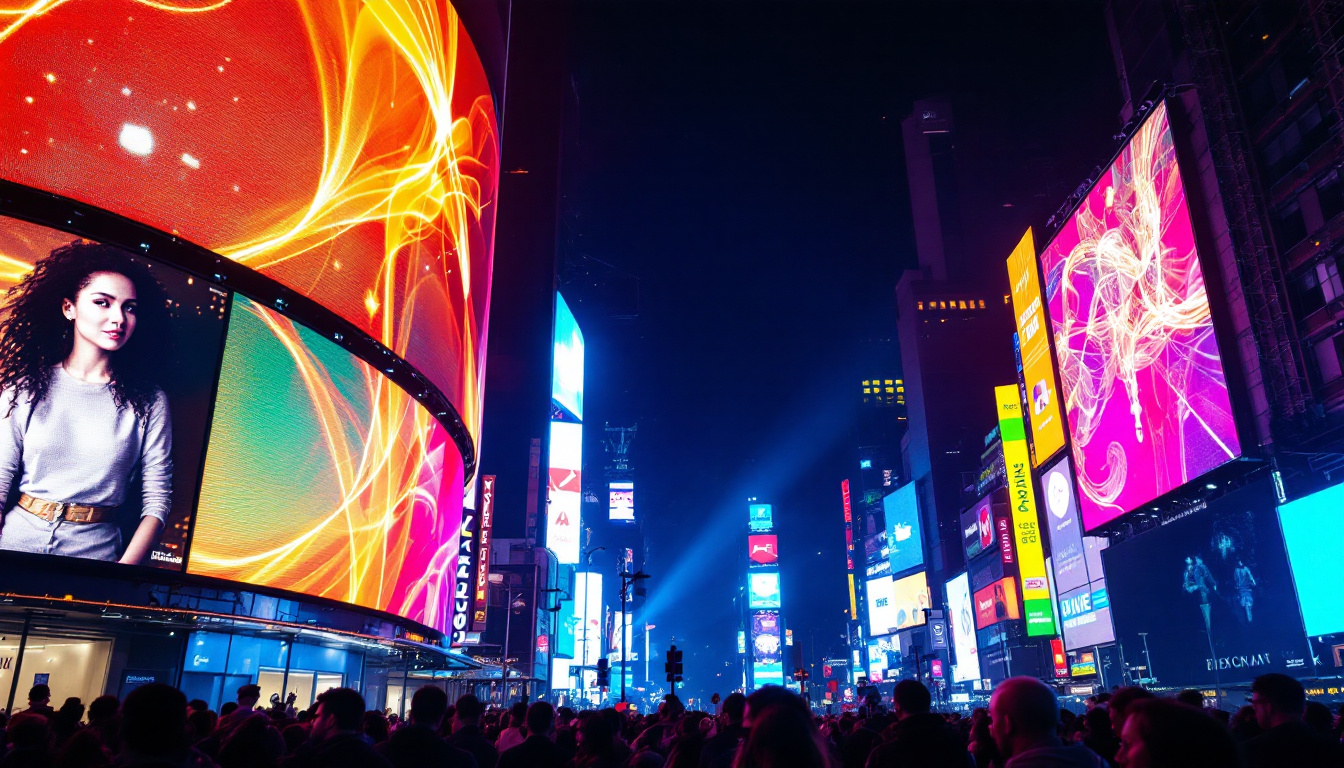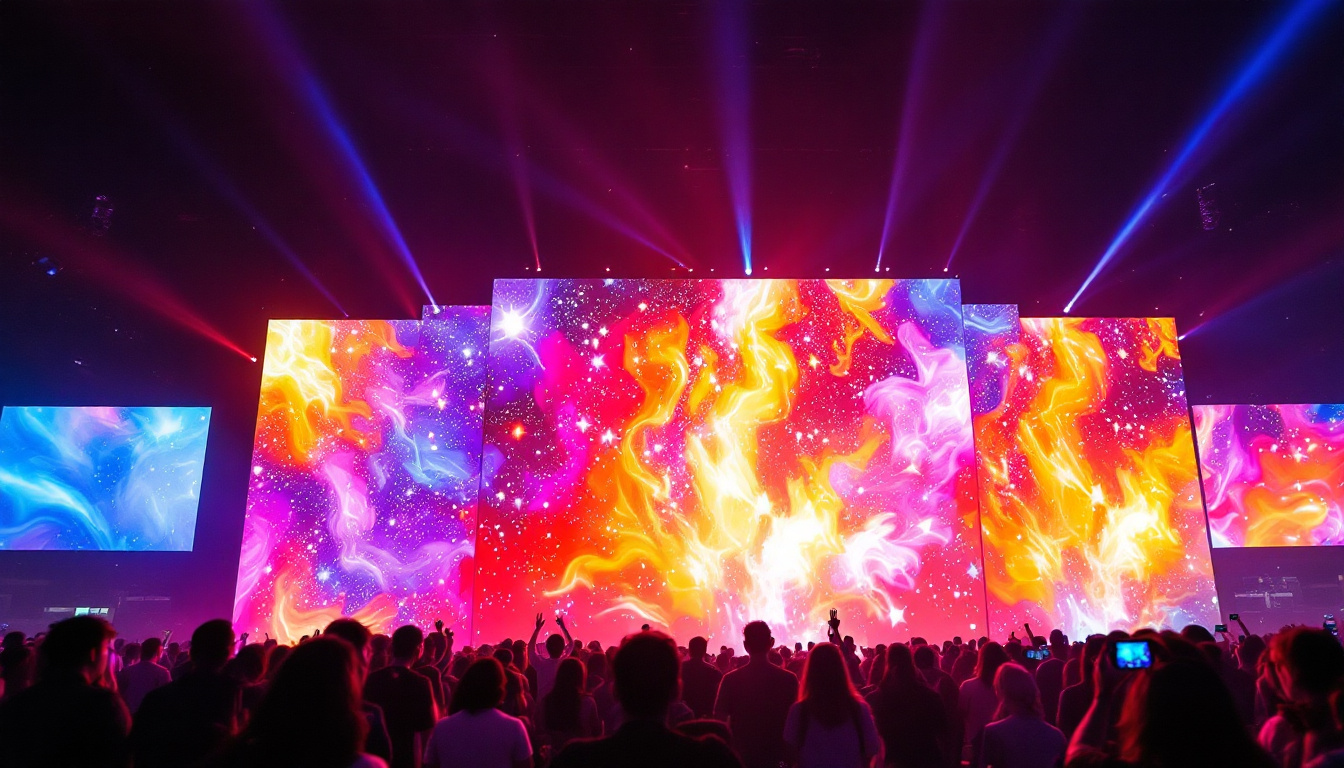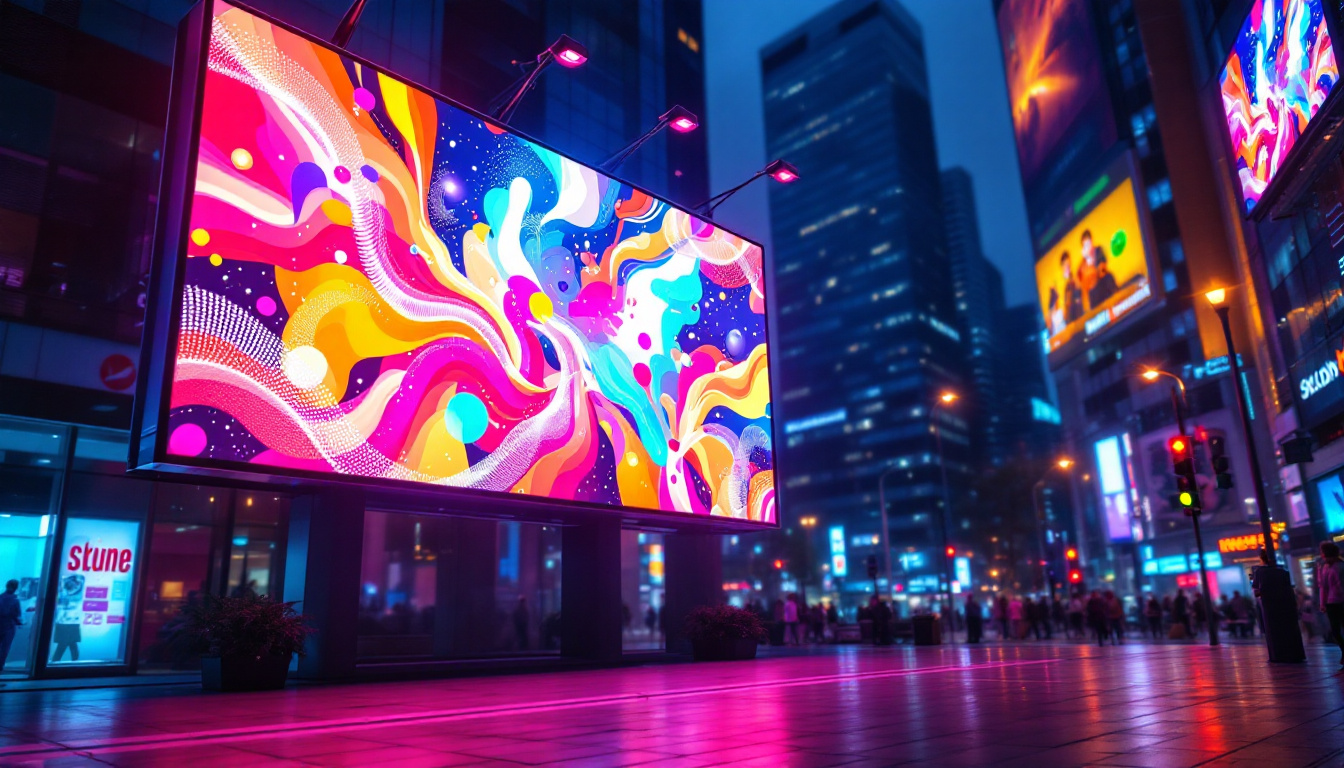In the modern world of advertising and communication, LED displays have emerged as a powerful tool for conveying messages effectively and dynamically. These displays are not just limited to billboards; they have found their way into retail environments, sports arenas, and even corporate settings. This article delves into the intricacies of LED displays, their functionality, types, advantages, and applications.
What is an LED Display?
LED stands for Light Emitting Diode, a technology that has revolutionized the way visual information is presented. An LED display consists of an array of tiny diodes that emit light when an electric current passes through them. These diodes can produce a wide range of colors, allowing for vibrant and dynamic displays.
LED displays can be categorized into two primary types: indoor and outdoor. Indoor LED displays are typically used in environments where high resolution and brightness are required, such as in retail stores and conference rooms. Outdoor LED displays, on the other hand, are designed to withstand the elements and often feature higher brightness levels to ensure visibility in direct sunlight.
How LED Displays Work
The functioning of an LED display is relatively straightforward. Each pixel in an LED display is composed of red, green, and blue diodes. By varying the intensity of each color, a multitude of colors can be created. This RGB (Red, Green, Blue) model is fundamental to the operation of LED displays.
When an image or video is to be displayed, a controller processes the content and sends signals to the LED modules, which then light up the appropriate diodes. The result is a vivid and dynamic display that can easily capture the attention of viewers.
Types of LED Displays
Understanding the different types of LED displays is essential for selecting the right one for specific applications. The main types include:
1. Indoor LED Displays
Indoor LED displays are characterized by their high resolution and pixel density, making them ideal for close viewing. They are commonly used in environments such as shopping malls, airports, and corporate offices. These displays can be used for various purposes, including advertising, information dissemination, and entertainment.
One of the key advantages of indoor LED displays is their ability to deliver sharp images and videos, even in low-light conditions. This makes them suitable for presentations and events where clarity is paramount.
2. Outdoor LED Displays
Outdoor LED displays are designed to endure harsh weather conditions, including rain, snow, and extreme temperatures. They are typically brighter than indoor displays to ensure visibility in direct sunlight. These displays are often used for billboards, sports arenas, and public events.
Outdoor LED displays can be found in various configurations, including fixed installations and mobile units. The versatility of outdoor displays allows businesses to reach a broader audience effectively.
3. Transparent LED Displays
Transparent LED displays are a relatively new innovation that allows for a unique viewing experience. These displays are made of transparent materials, enabling them to blend seamlessly into their surroundings. They are often used in storefronts and exhibitions, where they can showcase products while still allowing visibility through the display.
The aesthetic appeal of transparent LED displays makes them an attractive choice for modern retail environments, where visual merchandising plays a crucial role in attracting customers.
Advantages of LED Displays
LED displays offer numerous advantages over traditional display technologies. Understanding these benefits can help businesses make informed decisions when investing in display solutions.
1. Energy Efficiency
One of the most significant advantages of LED displays is their energy efficiency. Compared to traditional LCD or plasma displays, LED displays consume considerably less power. This not only reduces operational costs but also contributes to a more sustainable approach to advertising and communication.
Energy efficiency is particularly important for businesses that operate large display networks, as the savings can accumulate significantly over time.
2. High Brightness and Visibility
LED displays are known for their high brightness levels, making them highly visible even in bright sunlight. This characteristic is especially beneficial for outdoor displays, where visibility is crucial for capturing the attention of passersby.
The ability to adjust brightness levels based on ambient light conditions further enhances the effectiveness of LED displays, ensuring that content remains clear and legible at all times.
3. Durability and Longevity
LED displays are built to last. With a lifespan of up to 100,000 hours, they significantly outlast many other display technologies. This durability makes them a cost-effective investment for businesses, as they require less frequent replacements and maintenance.
Moreover, the robust construction of LED displays allows them to withstand various environmental factors, making them suitable for both indoor and outdoor applications.
Applications of LED Displays
The versatility of LED displays has led to their adoption across a wide range of industries. Here are some of the most common applications:
1. Advertising and Marketing
LED displays have become a staple in advertising and marketing strategies. Their ability to display dynamic content, such as videos and animations, makes them more engaging than static billboards. Businesses can easily update their messages in real-time, allowing for timely promotions and announcements.
From retail stores to large-scale outdoor billboards, LED displays attract attention and drive customer engagement, making them a vital tool in modern marketing.
2. Events and Entertainment
In the events and entertainment industry, LED displays are used to enhance the overall experience. Concerts, sports events, and festivals often feature large LED screens that display live feeds, advertisements, and interactive content. This not only keeps the audience engaged but also provides sponsors with valuable advertising space.
The immersive experience created by LED displays can significantly elevate the atmosphere of any event, making them an essential component in the entertainment sector.
3. Transportation and Public Information
LED displays are widely used in transportation systems for displaying real-time information. Bus stops, train stations, and airports utilize LED screens to provide passengers with updates on schedules, delays, and other important announcements. The clarity and brightness of these displays ensure that information is easily readable, even from a distance.
public information displays in city centers also benefit from LED technology, providing residents and visitors with essential information about events, emergencies, and public services.
Challenges and Considerations
While LED displays offer numerous advantages, there are also challenges and considerations that businesses should keep in mind when implementing this technology.
1. Initial Investment
The initial cost of purchasing and installing LED displays can be significant. For small businesses or startups, this investment may seem daunting. However, it is essential to consider the long-term savings in energy costs and maintenance, as well as the potential for increased revenue through enhanced advertising capabilities.
Many businesses find that the return on investment justifies the upfront costs, especially when considering the longevity and durability of LED technology.
2. Content Management
Effective content management is crucial for maximizing the impact of LED displays. Businesses must ensure that their content is engaging, relevant, and updated regularly. This requires a dedicated effort in content creation and management, which may necessitate additional resources or personnel.
Investing in content management software can streamline this process, allowing businesses to schedule and update content efficiently.
3. Regulatory Compliance
In some regions, there are regulations governing the use of LED displays, particularly for outdoor advertising. Businesses must familiarize themselves with local laws and ensure compliance to avoid potential fines or legal issues.
Understanding zoning laws, brightness restrictions, and content regulations is essential for businesses looking to utilize LED displays in public spaces.
The Future of LED Displays
The future of LED displays looks promising, with ongoing advancements in technology and design. Innovations such as flexible LED displays, interactive screens, and improved energy efficiency are paving the way for even more applications and capabilities.
1. Flexible and Curved Displays
Flexible LED displays are gaining traction in various industries, allowing for creative installations that were previously impossible. These displays can be bent and shaped to fit unique spaces, offering new opportunities for branding and advertising.
Curved displays, in particular, create immersive experiences that draw viewers in, making them ideal for retail environments and exhibitions.
2. Interactive and Smart Displays
As technology continues to evolve, interactive LED displays are becoming more prevalent. These displays allow users to engage directly with the content, creating a more personalized experience. Touchscreen capabilities and gesture recognition are examples of features that enhance interactivity.
Moreover, smart displays that integrate with IoT (Internet of Things) technology can provide real-time data and analytics, allowing businesses to tailor their content based on audience behavior and preferences.
3. Sustainability and Eco-Friendly Options
With increasing awareness of environmental issues, the demand for sustainable technology is on the rise. LED displays are already more energy-efficient than traditional displays, but future developments may focus on using eco-friendly materials and reducing waste in manufacturing processes.
Businesses that prioritize sustainability in their advertising strategies will likely benefit from a positive public perception and increased customer loyalty.
Conclusion
LED displays have transformed the landscape of advertising and communication, offering businesses innovative ways to engage with their audiences. With their energy efficiency, durability, and versatility, LED displays are an investment worth considering for any organization looking to enhance its visibility and impact.
As technology continues to advance, the potential applications of LED displays will only expand, paving the way for more creative and effective communication strategies. Understanding the various types, advantages, and challenges of LED displays will empower businesses to make informed decisions that align with their goals and objectives.
In a world where capturing attention is paramount, LED displays stand out as a powerful tool for conveying messages and engaging audiences. Embracing this technology can lead to significant benefits, both in terms of visibility and return on investment.
Discover LumenMatrix LED Display Solutions
Ready to elevate your visual communication strategy with the latest in LED display technology? Look no further than LumenMatrix, a pioneer in crafting LED display modules that not only enhance brand visibility but also create mesmerizing visual experiences. From Indoor and Outdoor LED Wall Displays to innovative solutions like Vehicle LED Displays, LED Posters, and even Custom LED Displays, LumenMatrix is committed to revolutionizing the way businesses engage and captivate their audiences. Don’t miss the opportunity to transform your messaging with clarity and impact. Check out LumenMatrix LED Display Solutions today and see the difference for yourself.

